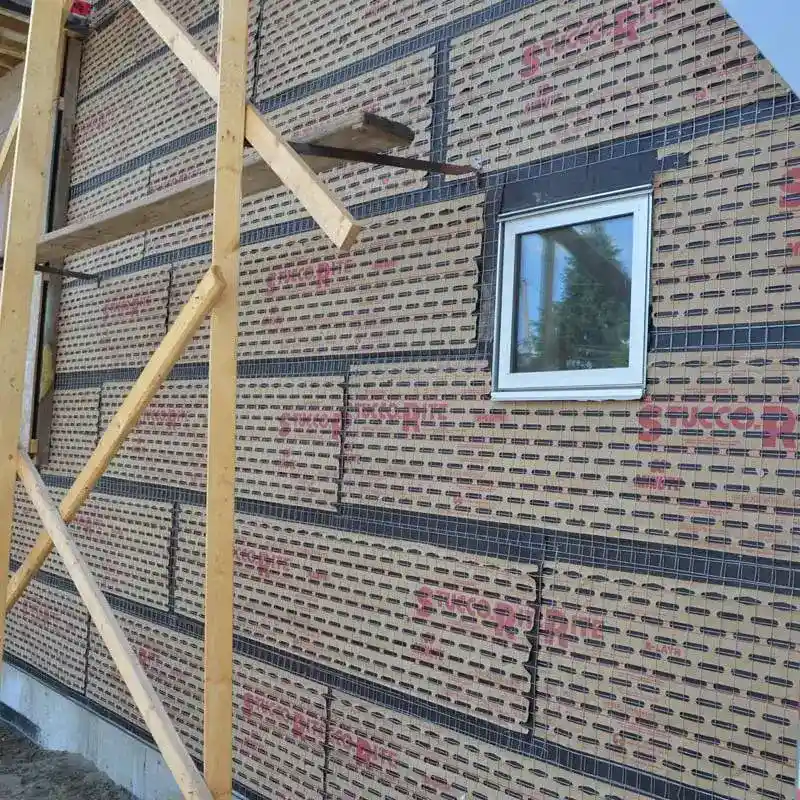
- Mobile Phone
- +8613931874955
- sales@cntcmetal.com
Understanding Cavity Wall Ties and Their Importance in Construction and Building Safety
Understanding Cavity Wall Ties Importance and Best Practices
Cavity wall construction has become a preferred method in modern building design, particularly in areas that experience fluctuating weather conditions. A critical aspect of this construction style is the use of cavity wall ties, which play an essential role in ensuring structural integrity and moisture control.
Cavity walls consist of two parallel walls (or leaves) with a space, or cavity, between them. This design enhances insulation, offers better protection against moisture, and provides space for movement caused by temperature fluctuations. However, the two walls need to be anchored together to maintain stability, which is where cavity wall ties come into play.
What Are Cavity Wall Ties?
Cavity wall ties are metal or plastic components inserted into the cavity to connect the inner and outer leaf of the wall. They are typically anchored into each leaf at specific intervals, providing structural support and ensuring that the walls act as a single unit. Cavity wall ties come in various materials, including stainless steel, galvanized steel, and plastic, each chosen based on specific building requirements, environmental factors, and moisture levels.
Importance of Cavity Wall Ties
1. Structural Stability Cavity wall ties prevent the outer leaf from collapsing or bowing. In windy areas, they are particularly crucial, as they help maintain the alignment and stability of the entire wall structure.
2. Moisture Management By holding the two leaves together, cavity wall ties assist in preventing moisture from penetrating into the building. This is particularly important in regions with heavy rainfall where weatherproofing is essential to prevent damp issues.
3. Thermal Performance Properly installed cavity wall ties contribute to improved insulation, allowing buildings to maintain comfortable temperatures and reduce energy costs.
4. Longevity Quality cavity wall ties help ensure that walls remain structurally sound over time. Choosing the right materials and installation techniques can mitigate corrosion, rust, and deterioration.
cavity wall wall ties

Best Practices for Installing Cavity Wall Ties
To ensure optimal performance, several best practices should be followed during the installation of cavity wall ties
1. Correct Spacing The spacing of wall ties must be compliant with local building codes and depend on factors such as structural design, wall height, and exposure to elements. Generally, ties should be installed at least every 600 mm vertically and every 900 mm horizontally.
2. Proper Material Selection Depending on the environmental conditions, selecting the right material is crucial. For areas prone to corrosion, stainless steel ties are often recommended, while plastic ties may suffice in less severe environments.
3. Installation Depth Ties should be embedded adequately into both the inner and outer leaves, typically at least 50 mm. This ensures a secure connection that can withstand lateral forces.
4. Regular Inspection and Maintenance It is vital to periodically inspect cavity wall ties for signs of corrosion or damage. Early detection of problems can help prevent significant structural issues down the line.
5. Adhering to Standards Always follow local building regulations and standards when installing cavity wall ties. This not only ensures compliance but also promotes safety and durability.
Conclusion
Cavity wall ties are a pivotal component in modern building construction, providing essential support and contributing to the overall performance of cavity walls. Understanding their importance and adhering to best practices in selection and installation is vital for maintaining the structural integrity of a building. As buildings continue to evolve, staying informed about materials, techniques, and regulations will help ensure safe and efficient construction practices. Properly implemented, cavity wall ties can significantly enhance the longevity and resilience of structures, ultimately leading to safer and more sustainable buildings.
share:
-
Wall Ties for Concrete: Invisible Guardians of Building Structural StabilityNewsAug.08,2025
-
Timber Frame Wall Ties: Stable Bonds for Load TransmissionNewsAug.08,2025
-
Stainless Steel Woven Wire Mesh: A versatile material from boundary protection to functional supportNewsAug.08,2025
-
Powder Coat Coil Springs: Creating peace of mind and reliability with sturdy protectionNewsAug.08,2025
-
Floor Standing Sign Holder: A Powerful Assistant for Flexible DisplayNewsAug.08,2025
-
Binding Iron Wire: An Invisible Bond for Building StabilityNewsAug.08,2025
-
Yard Sign Stakes: Reliable Guardians of Outdoor SignsNewsAug.04,2025



















